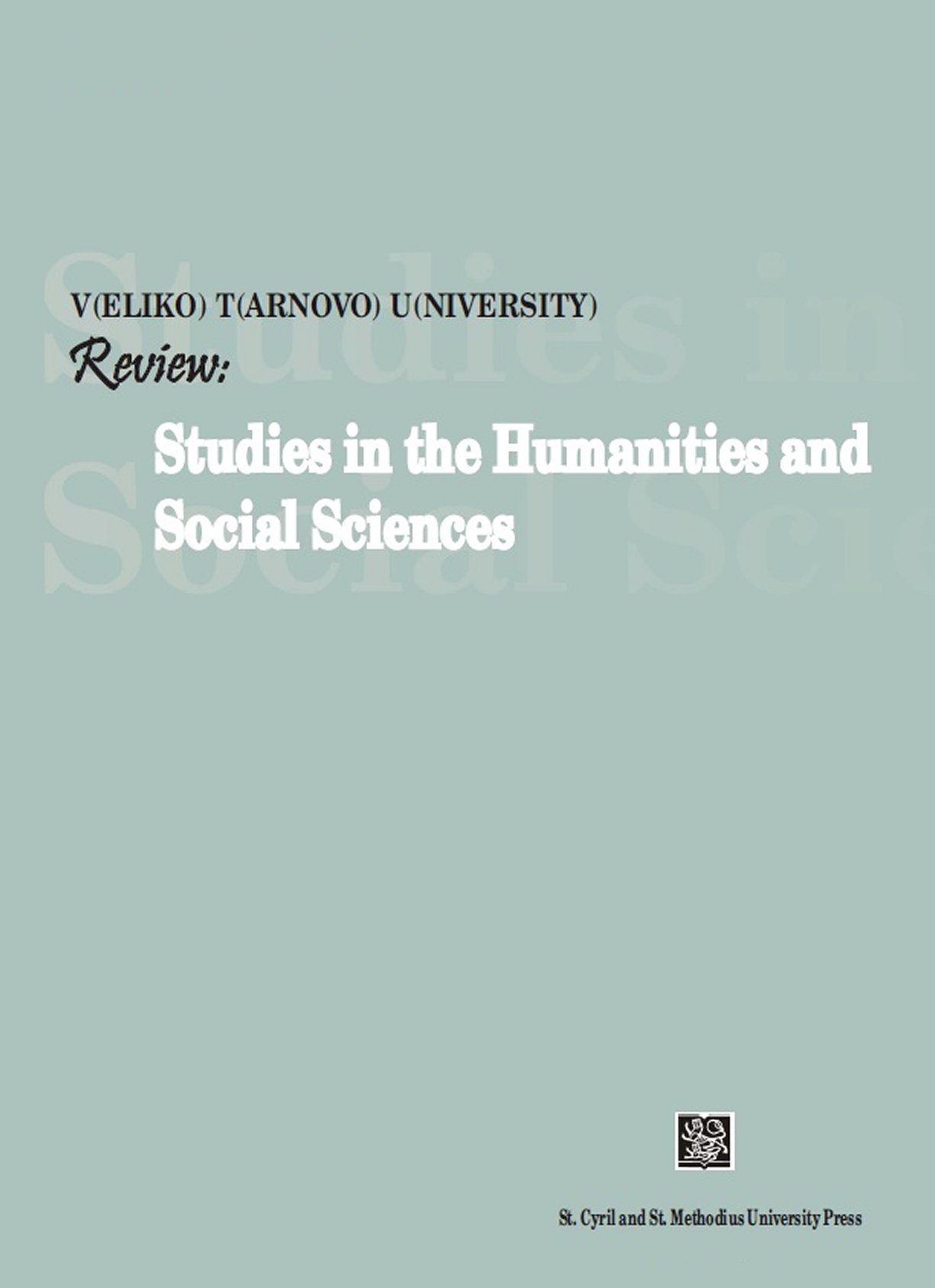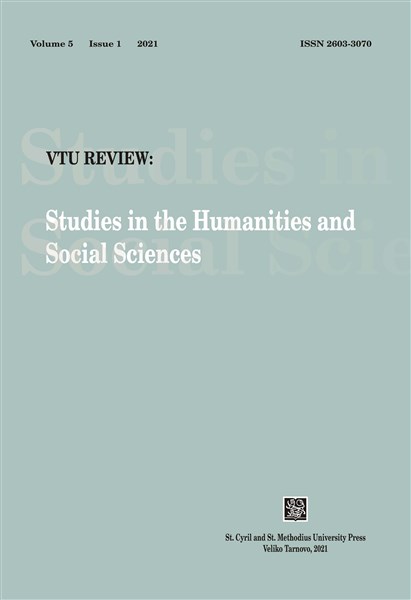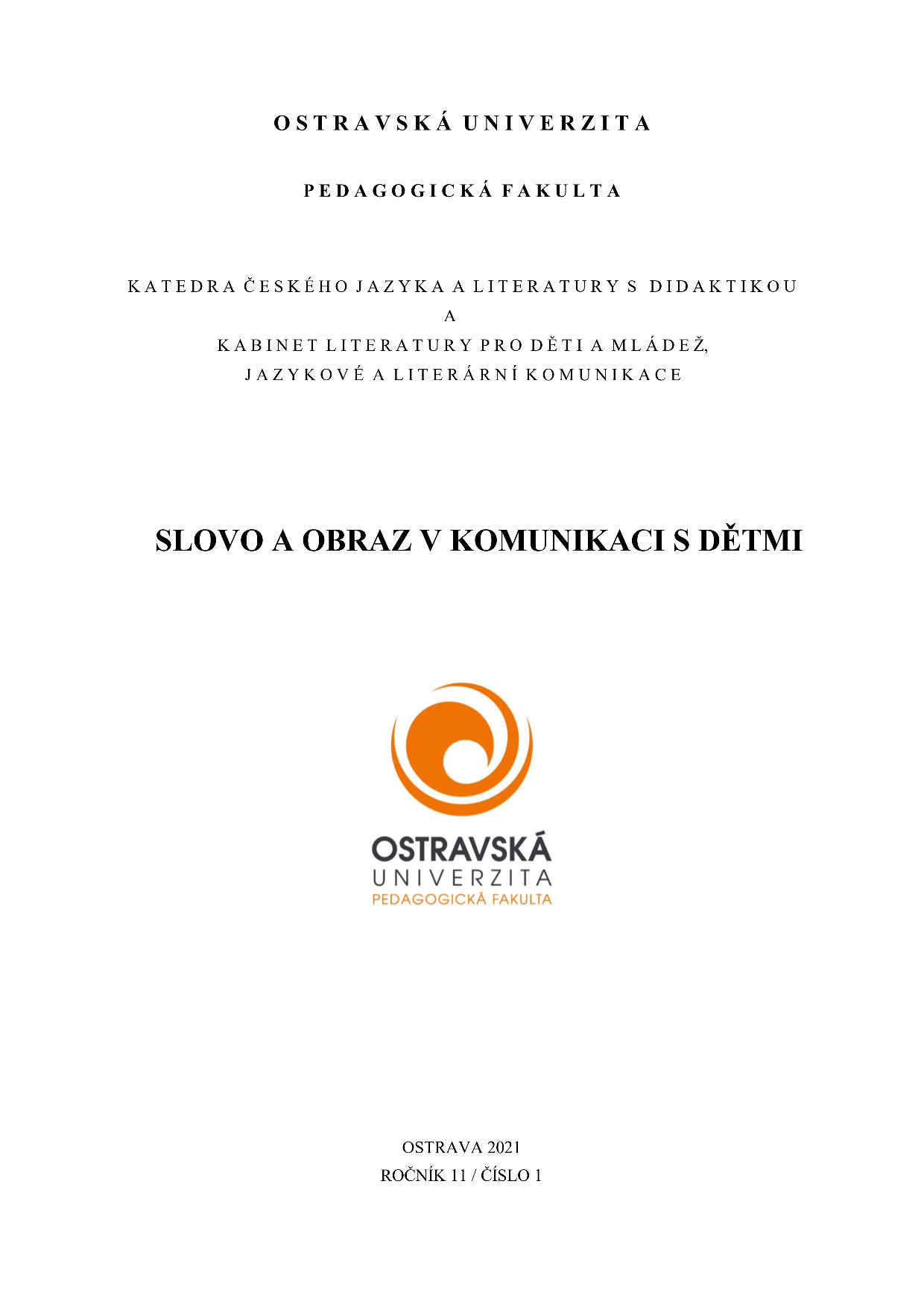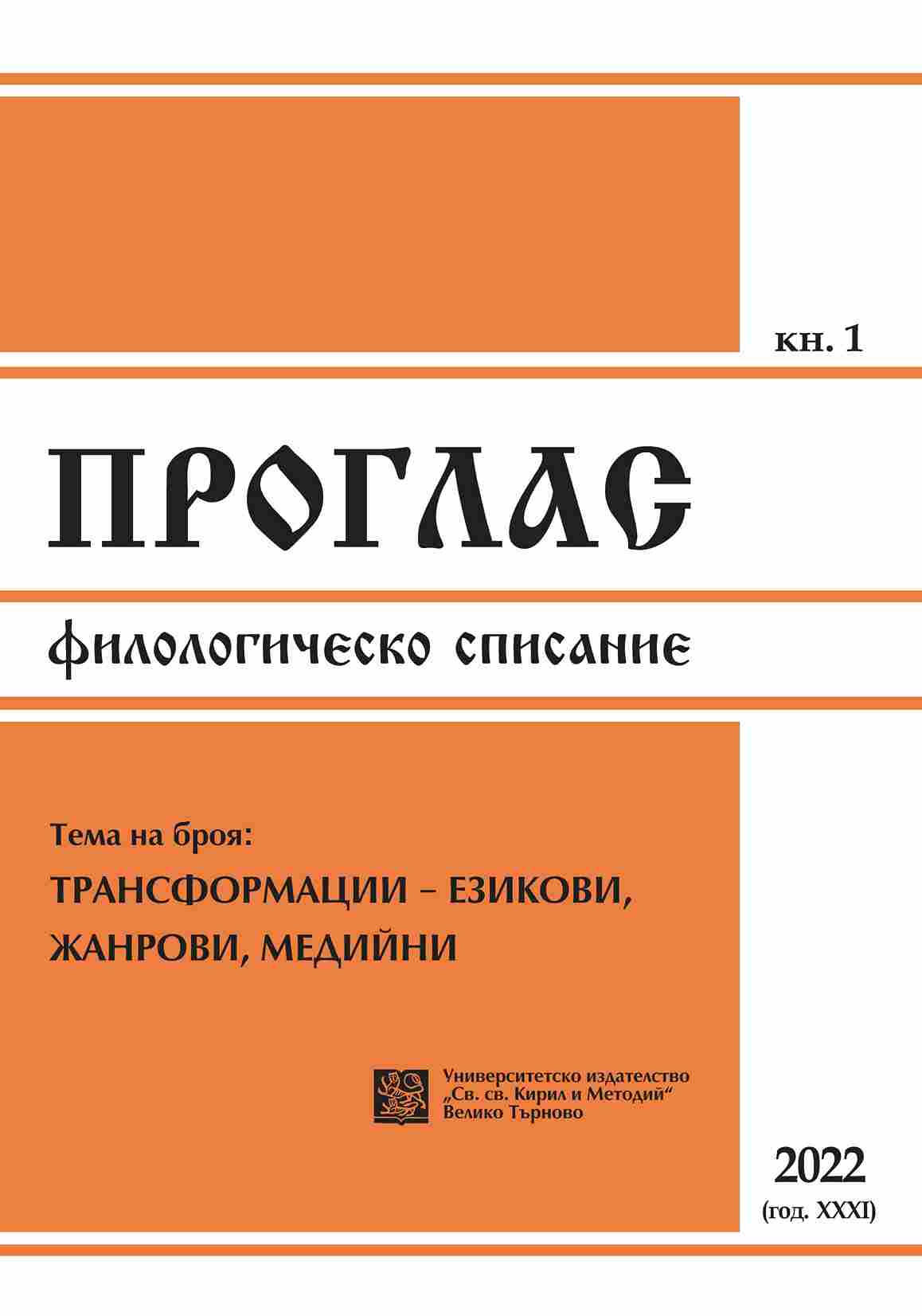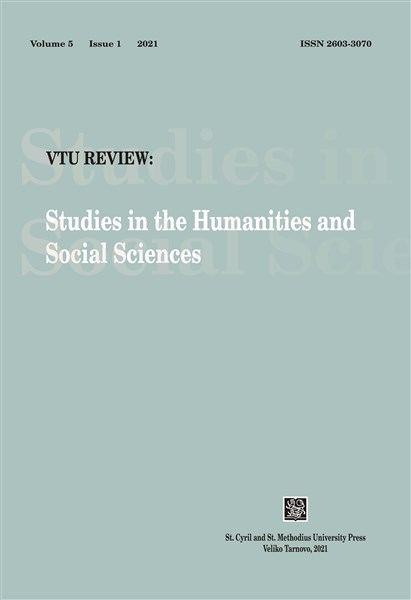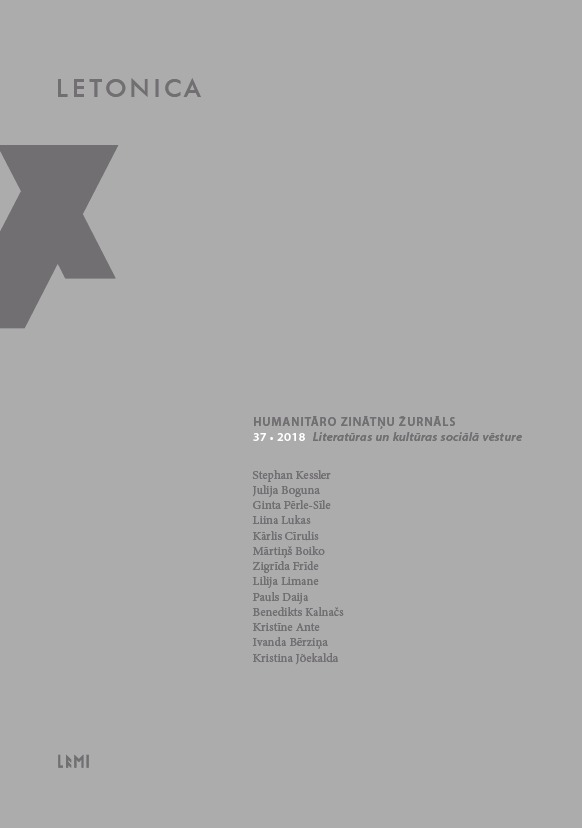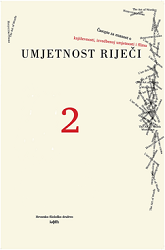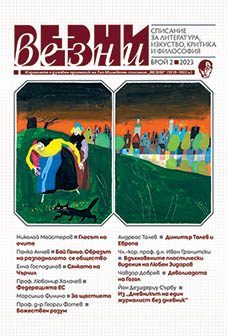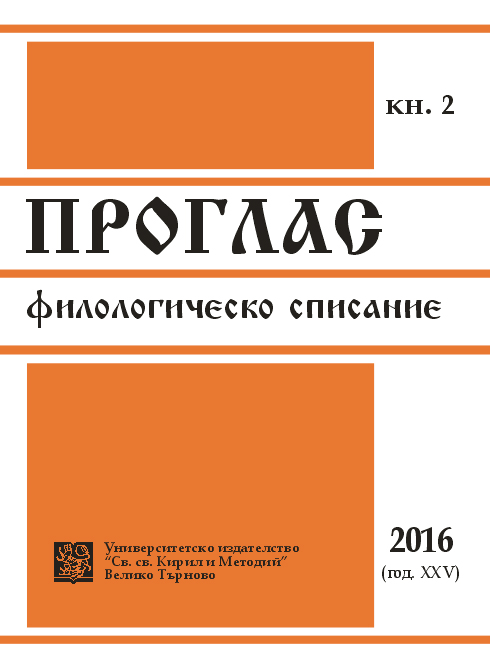
Научнофантастични сюжети и обекти в поезията на Вислава Шимборска
There are science fiction plots and motifs in the work of Wislawa Szymborska. They can be found in poems such as “Kałuże” (Puddles), “Kilkunastoletnia” (Teenage Girl) and “Ludzie na moście” (The People on the Bridge). Their integration into Szymborska’s poems may be linked to her experimental imagination, non-acceptance of the conventional vision of the world and ability to see the humorous side of the universe and joke about it. In her poetry we can find visions of alternative and possible worlds and attempts to penetrateinto “antiworlds” and “antimatter.” The plots and motifs, which were borrowed from science fiction, partially retain their original structural functions within their new poetic context. At the same time, however, they have undergone significant changes, thus also altering their receiving context.
More...
